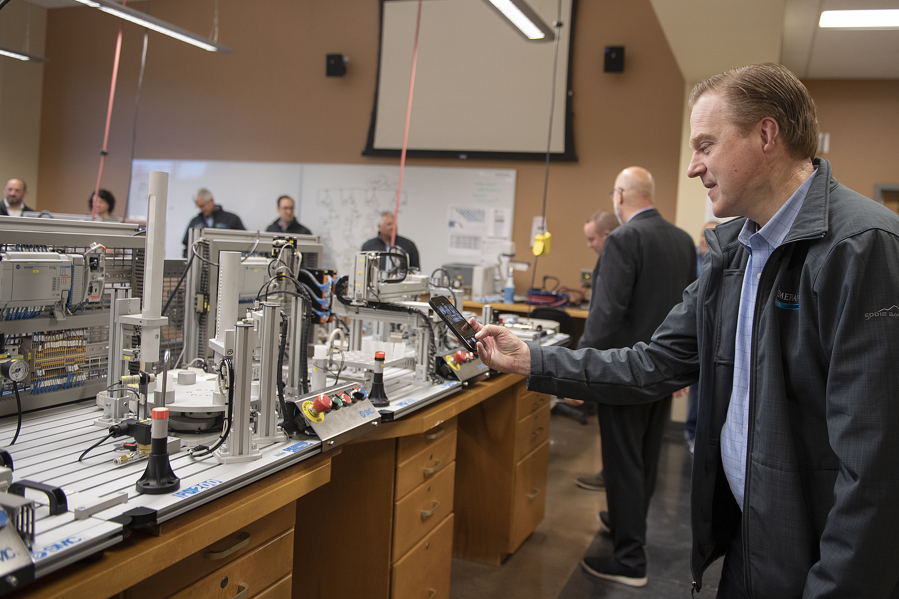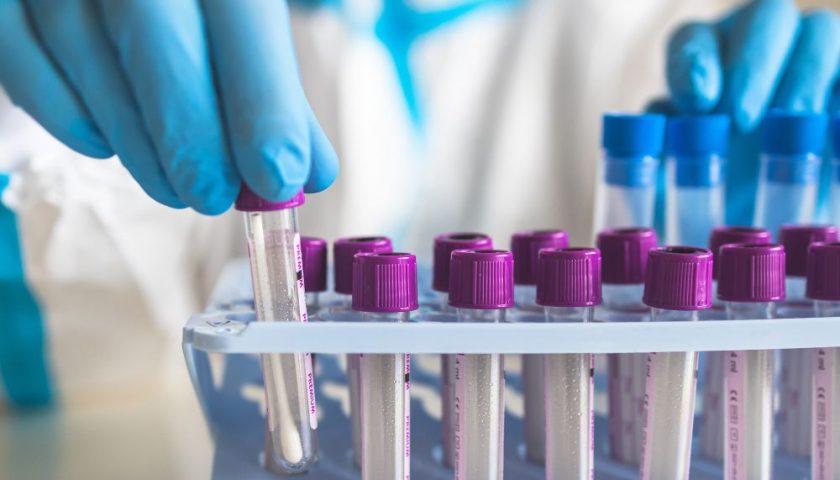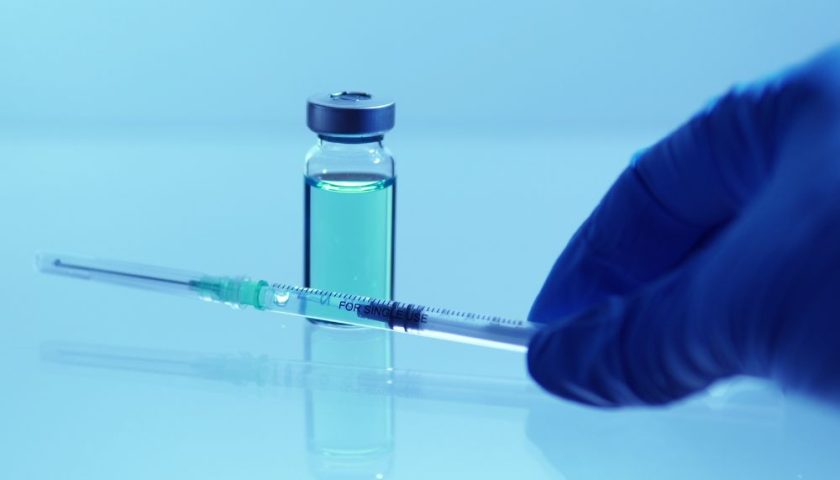A large bus decked out in Manufacturing Week decorations pulled up to the Clark College campus at the Columbia Tech Center on Monday morning. After the bus loaded, men dressed in blue Washington business jackets were rushing across the parking lot to visit the school’s mechatronics lab.
The mechatronics lab presentation is part of the association’s Manufacturing Week bus tour, which began Thursday in Olympia and ends Oct. 13 in Yakima.
“We all know how hard it is to find workers, so this is one of the areas where we’re trying to help change that,” said Carl Douglas, director of Clark College’s Center of Excellence for Semiconductor and Electronics Manufacturing.
Douglas went on to talk about the importance of the Clark program and went through the different types of training that students go through.
“When we drive students through the program and they take the full two-year mechatronics program, they get paid more, they get experience from internships and programs like that,” Douglas said. But in the end, you learn ideas, you learn functions, you learn products to put everything together.
The bus tour was on its third day as it rolled into Clark County, starting at the college and then visiting Analog Devices in Camas before heading east to the Columbia River Gorge.
The event is in its sixth year and coincides with the national MFG Day event.
The association estimates that 265,000 people work in manufacturing in Washington. And the state has a goal of doubling that number in the next 10 years.
“The No. 1 concern that manufacturers share with us is supply chain awareness — having a healthy and strong supply chain, especially as they go through the manufacturing cycle,” said association president Chris Johnson.
Johnson said 13 percent of manufacturers source materials locally, according to the association’s latest survey.
“We’re seeing signs of recovery again,” he said, adding that recovery doesn’t happen overnight.
Washington is the nation’s 10th largest producer of wafers, Johnson said. “And it’s all located right here in Clark County.”
But to maintain that semiconductor supply chain, Johnson points to two things: people and power.
“Clarke County is really busy dealing with personnel issues,” Johnson said. Discovery High School, the mechatronics program at Clark College, internships and internships, and more were examples he gave.
But then there is power. As production doubles, energy needs double.
“That means we need a lot more energy to come this way. And it has to be carbon-free, it has to be reliable and it has to be affordable,” Johnson said.
Analog Devices is trying to stay ahead of the curve on its business growth as it tries to double its environmental products.
But there is not enough local talent to fill the required positions.
“That’s why we’re working with these schools, like the internship program we do at the college,” said John Michaels, general manager of the Analog Devices facility in Camas. Instead of filling the pipeline, it just takes talent if it’s there.
Michael pointed to the recently passed CHIPS and SCIENCE Act passed by Congress this summer, which is critical to local workforce development.





